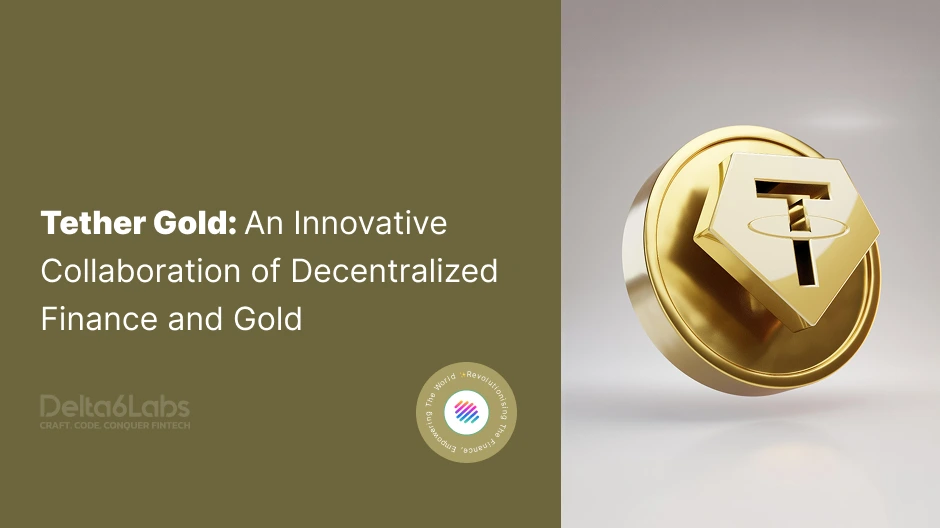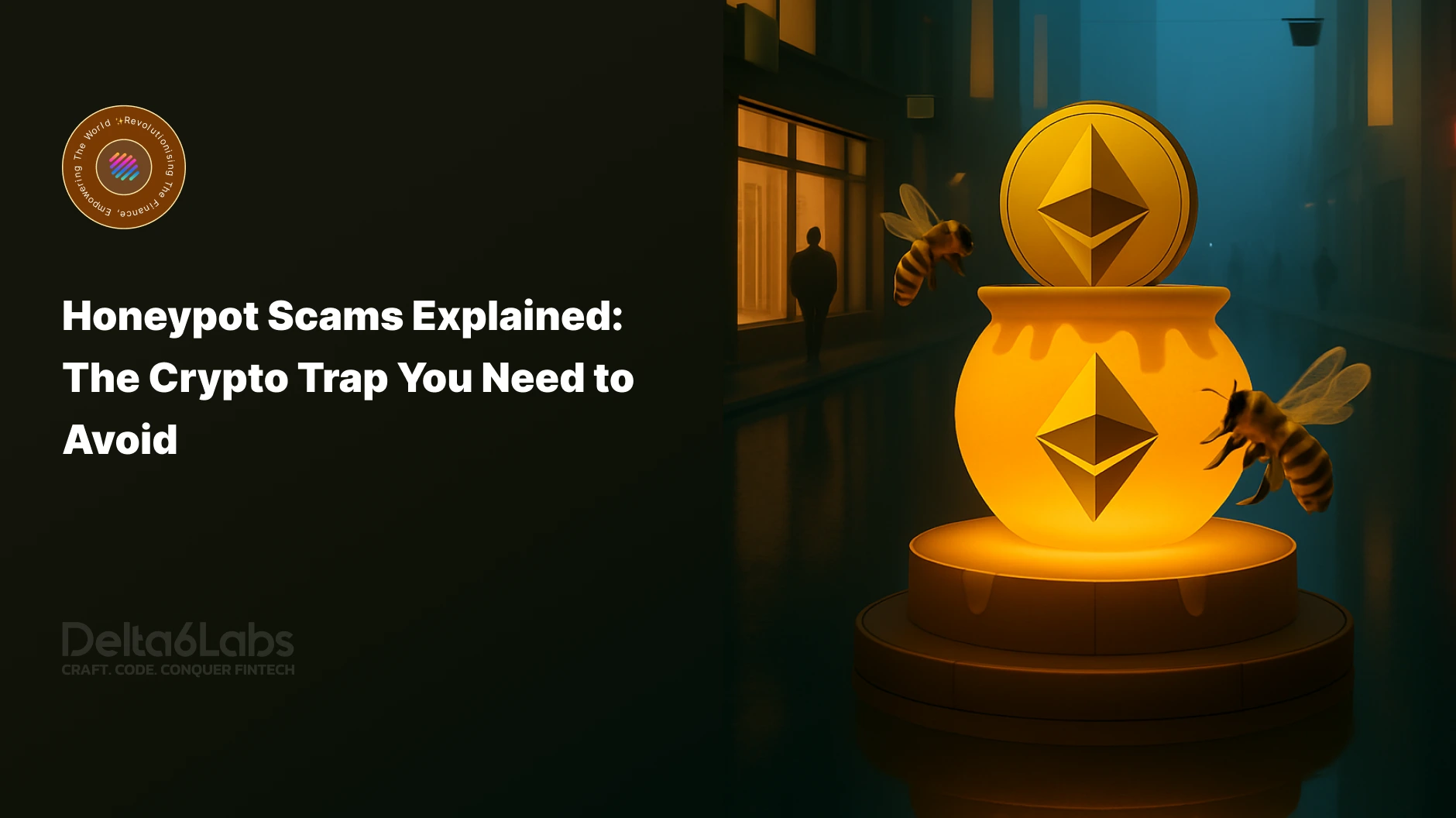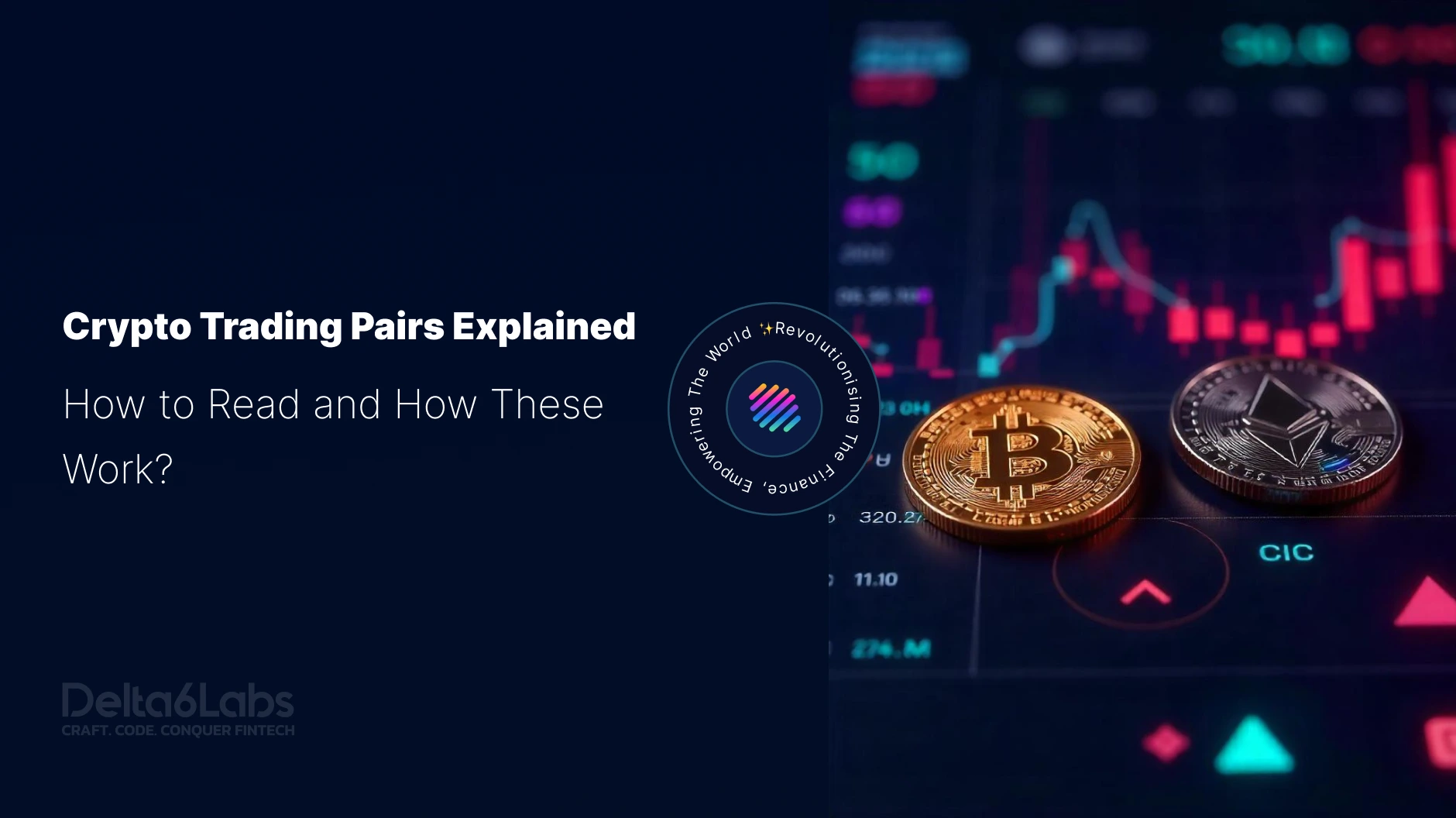Crypto Ransomware: Rising Threats and Ways to Avoid Them
Table of Contents
Key Takeaways
- Ransomware attacks have evolved beyond individual users, they now target crypto exchanges, corporations, and even government agencies, demanding payment in untraceable cryptocurrencies like Bitcoin.
- Understanding how ransomware infiltrates systems, through phishing, malicious links, and outdated software, is crucial to preventing attacks before they occur.
- Maintaining regular offline and cloud backups, updating software, and enforcing multi-factor authentication can drastically reduce financial and operational damage during an attack.
- Even if victims pay, decryption keys aren’t always provided. Prevention and preparedness are far more reliable than paying ransom demands.
Growth and threats go hand in hand. Whichever industry has shown signs of growth has been put under attack by scammers, hackers, and other players. The crypto industry is growing at a very high pace, rewriting a new story of popularity, innovation, and decentralization. However, in the rapidly evolving world of digital assets, one threat has become increasingly alarming, and that is crypto ransomware.
Although there are other malware attacks and phishing scams that have been reported in the decentralized finance (DeFi) industry, such as Crocodilus malware, StilachiRat, and Rug pull, all of them have different attacking patterns. As per reports, the crypto industry has lost approximately 2.2 billion USD in 2024 to crypto scams. In this blog, we will discuss Crypto Ransomware and how to protect yourself from it.
What is Crypto Ransomware?
Crypto ransomware is a type of malicious software that encrypts a user’s files, data, or systems, making them inaccessible until a ransom is paid, typically in cryptocurrency like Bitcoin. Once infected, users receive a ransom note demanding payment in exchange for a decryption key. This form of ransomware targets both individuals and organizations. In recent years, crypto exchanges, hospitals, schools, and even government entities have fallen victim to ransomware attacks, resulting in billions of dollars in losses worldwide. The use of cryptocurrency complicates efforts to trace payments, making it a preferred method for attackers.
How Crypto Ransomware Works?
Crypto ransomware attacks follow a systematic pattern:
Entering the System
The first step in a crypto ransomware attack is when the malware gains access through phishing emails, malicious attachments, fake software downloads, or compromised websites.
Execution of the Attack
Once the malware enters the system, the ransomware encrypts critical files and sometimes spreads across connected networks.
Ransom Demand
The third and most critical step is a ransom demand. A message appears, typically with instructions to pay a certain amount in cryptocurrency within a deadline. If not paid, data may be deleted or leaked.
Payment and Decryption
One thing that makes crypto ransomware attacks more vicious is that victims may or may not receive a decryption key after payment. There is no guarantee, making the risk high even if the ransom is paid.
Major Examples of Crypto Ransomware Attacks
WannaCry
In 2017, one of the most infamous ransomware attacks happened, affecting over 200,000 computers in 150 countries. The victims were asked to pay Bitcoin to unlock their systems.
Ryuk
It targeted large organizations and government agencies, with ransom demands ranging from $50,000 to over $1 million in cryptocurrency.
Darkside
The Darkside attack was responsible for the Colonial Pipeline attack, which caused fuel shortages on the U.S. East Coast and led to a $4.4 million Bitcoin ransom payment.
How to Avoid Crypto Ransomware Attacks?
Here are the key steps to avoid a crypto ransomware attack:
Regular Backups
Always maintain offline and cloud-based backups of your important files. Ensure backups are updated frequently and stored securely. If a ransomware attack happens, backups can help you recover without paying the ransom.
Use Antivirus & Anti-Malware Software
A robust security mechanism can detect and stop ransomware before it infiltrates the system. Keep your antivirus and anti-malware tools updated to counter emerging threats.
Avoid Phishing E-mail
Most ransomware infiltrates systems through social engineering attacks such as phishing. Stay alert for suspicious emails, attachments, or links, even if they appear to originate from trusted sources.
Disable Macros in Office Files
Ransomware often uses macro-enabled Office files to execute malicious code. Turn off macros in Microsoft Word, Excel, and PowerPoint unless necessary.
Update Systems and Applications
Outdated operating systems and apps often contain unpatched vulnerabilities. Regular updates ensure your software has the latest security patches.
Limit User Privileges
Use the principle of least privilege. Limit admin access to systems and restrict user privileges to minimize the scope of damage if an attack occurs.
Use Multi-Factor Authentication (MFA)
MFA adds an extra layer of security beyond just usernames and passwords. It significantly reduces the chances of unauthorized access to your system.
Solutions Delta6Labs Provide to Prevent Ransomware Attacks
Delta6Labs incorporates multi-layered security features in all its products, including crypto exchanges, forex trading platforms, white-label crypto exchanges, and wallet solutions. Some of them are as follows:
Intrusion Detection and Prevention Systems (IDPS)
These systems monitor network traffic and detect unusual activity, such as unauthorized data transfers or known malware signatures. They can block ransomware before it executes.
Encrypted Communications
Delta6Labs employs encryption protocols like SSL/TLS for all communications. This prevents attackers from intercepting sensitive data in transit.
Security Awareness Programme
Train employees and users on recognizing phishing attempts, securing devices, and following best cybersecurity practices. Human error is the weakest link in any system.
Blockchain-based Security Tools
Emerging blockchain security solutions offer immutable logging, decentralized threat intelligence, and smart contract auditing, which can bolster security on crypto platforms and wallets.
Final Thoughts
The crypto industry continues to thrive, but the threat of crypto ransomware is larger than ever. Awareness and proactive measures are crucial for individuals and companies to protect themselves against these malicious attacks. Implementing robust security protocols, maintaining regular backups, and educating users about potential threats can significantly reduce the risk of falling victim to ransomware.
As the landscape of digital assets evolves, staying informed and prepared is crucial in defending these assets and ensuring the integrity of operations. By taking these steps, you can help protect yourself and your organization from the devastating impacts of crypto ransomware.
Frequently Asked Questions
Disclaimer:
The information on this blog is for knowledge purposes only. The content provided is subject to updates, completion, verification, and amendments, which may result in significant changes.
Nothing in this blog is intended to serve as legal, tax, securities, or investment advice of any investment or a solicitation for any product or service.






